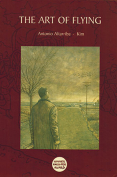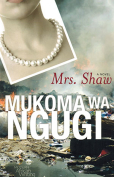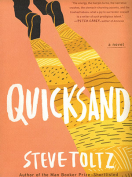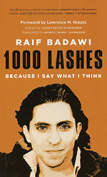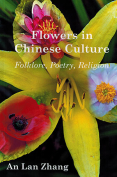Flowers in Chinese Culture: Folklore, Poetry, Religion by An Lan Zhang
 St. Petersburg, Florida. Three Pines Press. 2015. 155 pages.
St. Petersburg, Florida. Three Pines Press. 2015. 155 pages.
In the preface to this beautifully illustrated study of the significance of flowers in Chinese culture, An Lan Zhang first pays tribute to her parents for inculcating in her a love for the flora that surrounded her childhood: her father was an expert in the cultivation of rare orchids, and both her parents shared a love of poetry, thus creating a rich intellectual environment for the children. Her father was a legal scholar, her mother a celebrated teacher who lived through the Japanese occupation, the civil war, and the Taiwan insurrection in 1947.
The book is structured alphabetically by the names of flowers and the distinctive trait attributed to each: chrysanthemum, strength and endurance; hibiscus, devotion and reunion; pomegranate, many sons.
For good measure, she includes flower-bearing plants like bamboo, gingko, gourd, pine, and tea, and these chapters come attached with health tips as well as mythological tales. “The Gingko has survived from the time of the dinosaurs” and today “is being studied for possible use in treating Alzheimer’s disease.” On tea, Zhang quotes the Qing poet Zheng Banqiao (1693–1765): “There is no wind or rain; the weather is pleasant. / The verdant green bamboo is tall and straight. / I particularly love having a guest on a cool evening / To enjoy a pot full of new Songluo tea.”
Despite the solid base of research that will appeal to those familiar with Chinese culture, Zhang writes with a light touch, which makes it almost magical for the lay reader. Zhang is an independent scholar, and this book, her first, is the product of an extended study combined with personal reflection. The tone that pervades the book is one of love and reverence for the inheritance gifted by her parents and the cherishing of the beauty surrounding our lives.
The book is crammed with myth and legend for which ancient cultures all over the world are renowned. The stories are rich in symbolism and have the flavor of fairy tales. The epiphyllum’s one-night-a-year blooming points to the Daoist frame of mind, which can experience fleeting beauty in a flash and retain it as a timeless moment, much like Blake’s seeing “heaven in a wild flower” and “eternity in an hour.” Zhang herself had a chance—just once—to see an epiphyllum bloom when she was nine or ten years old and has never forgotten the snow-white beauty and brilliance of this flower.
In “Watching Fish at Play,” the poet Bai Juyi (772–846) explains Dao as being open to the timeless moment: “As I wandered the lake and looked at the fishes gliding here and there / I saw boys fishing in a boat. / The boys and I both loved the fish, but our consciousness was different: / I came to feed the fish, they came to eat them.”
Saleem Peeradina
Siena Heights University




















